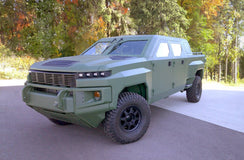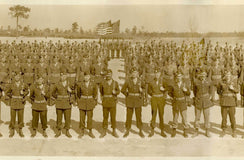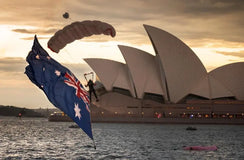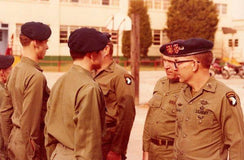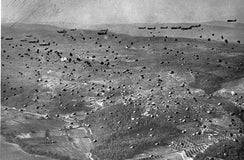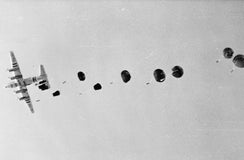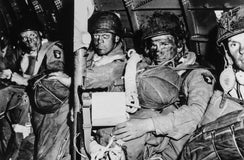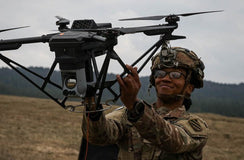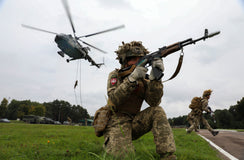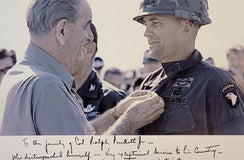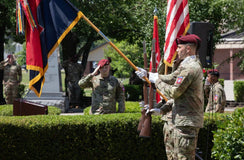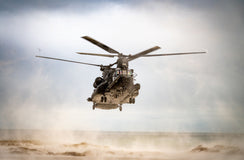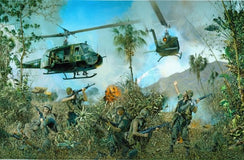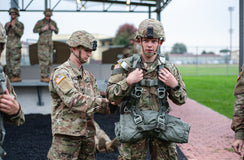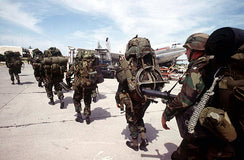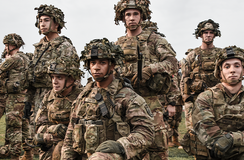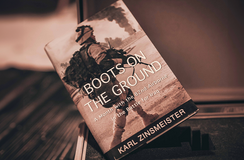Airborne Equipment: The Waco CG-4A Glider
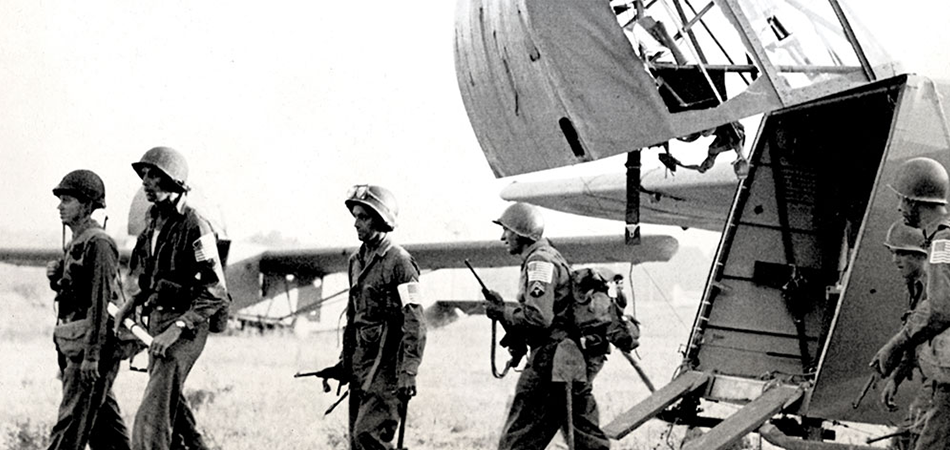
During World War II, the U.S. Army Air Forces utilized military gliders as a method of delivery to battle. These one-time use, engineless aircraft were towed in pairs near to the front lines of battle, typically by a Douglas C-47 military transport aircraft, carrying troops or supplies to bolster advancing forces. Released high above the opposing forces, pilots would practically crash land into enemy territory, abandoning the lame craft as they joined the action. This had the advantage of landing troops in a concentrated location as opposed to paratrooping jumpers who would be scattered over a large drop zone. The large cargo transport tow plane could also stay well clear of enemy anti-aircraft weapons, and the small, silent glider was easier to maneuver undetected and penetrate enemy territory.

The most widely used glider for the Army Air Forces during World War II was the Waco CG-4A. Given the disposable nature of the intended mission, the aircraft was constructed with inexpensive materials. The majority of the vehicles were built at the Ford Motor Company’s Kingsford plant in Michigan and pieced together with a canvas fabric stretched over a simple wood frame. The WACO CG4 had a wingspan of 83 feet, a length of 48 feet, and a height of 12 feet. It had a maximum takeoff weight of 6,500 pounds and a maximum payload of 2,500 pounds. It was powered by two Pratt & Whitney R-985 radial engines, each producing 450 horsepower. The glider had a maximum speed of 115 mph and a range of 250 miles. The CG-4A could carry up to 13 troops and their equipment or dedicated military cargo like a 1/4 ton Willys jeep.

The Waco glider was first used in the Invasion of Sicily and also participated in the D-day assault on France. Other notable missions that relied on the glider were the Battle of the Bulge, Operation Market Garden, and Crossing the Rhine. By the end of the war, the U.S. had built 14,612 gliders and trained over 6,000 pilots. Gliders were deleted from the U.S. Army’s forces in 1953 but are still used today to train pilots on the fundamentals of flight at the United States Air Force Academy.
Following the conclusion of the Second World War, the need for gliders to insert troops had diminished. By the time of the Korean War, helicopters had taken their place, as they had the advantage of both inserting and extracting troops from the battlefield. Additionally, advances in large transport aircraft allowed for the delivery of jeeps and light tanks by parachute.

